Dot Pattern Light – Cassina
Initially created for a textile design competition launched in 1947 by the Museum of Modern Art in New York, the Dot Pattern has become the most famous Eames motif and a recurring theme throughout all their production.
Contact us for customization options.
Price on request.
Designed by
Charles and Ray Eames
Charles and Ray Eames explored its use in lighting but the lamps were never put into production. Thanks to a joint initiative between the Eames Office and Cassina, a collection of appliques and pendant lamps was created that combine modern technology and the American couple’s original graphic design.
Initially created for a textile design competition launched in 1947 by the Museum of Modern Art in New York, the Dot Pattern – never put into production during their lifetimes – became the most famous Eames motif. It reproduces a number of abstract cross-shaped compositions, achieved with tapered lines and solid dots.
The shape and rhythm resemble musical notes, and also the Plywood Chairs, characterised by tubular steel frames, shock mounts and rounded seats and backrests. After 1947, the combination of lines and dots became a recurring theme in the couple’s work, appearing for example in the children’s Hang-It-All coat rack from 1953, and in the Multiplication Machine installation created for the Mathematica exhibition in 1961.
Charles and Ray Eames explored the use of the Dot Pattern for some showroom projects between 1949 and 1954 but the lamps were never put into production. Thanks to a joint initiative between the Eames Office and Cassina, the idea of Charles and Ray takes shape in a collection of appliques and pendant lamps that combine modern technology and the American designers’ original graphic design.
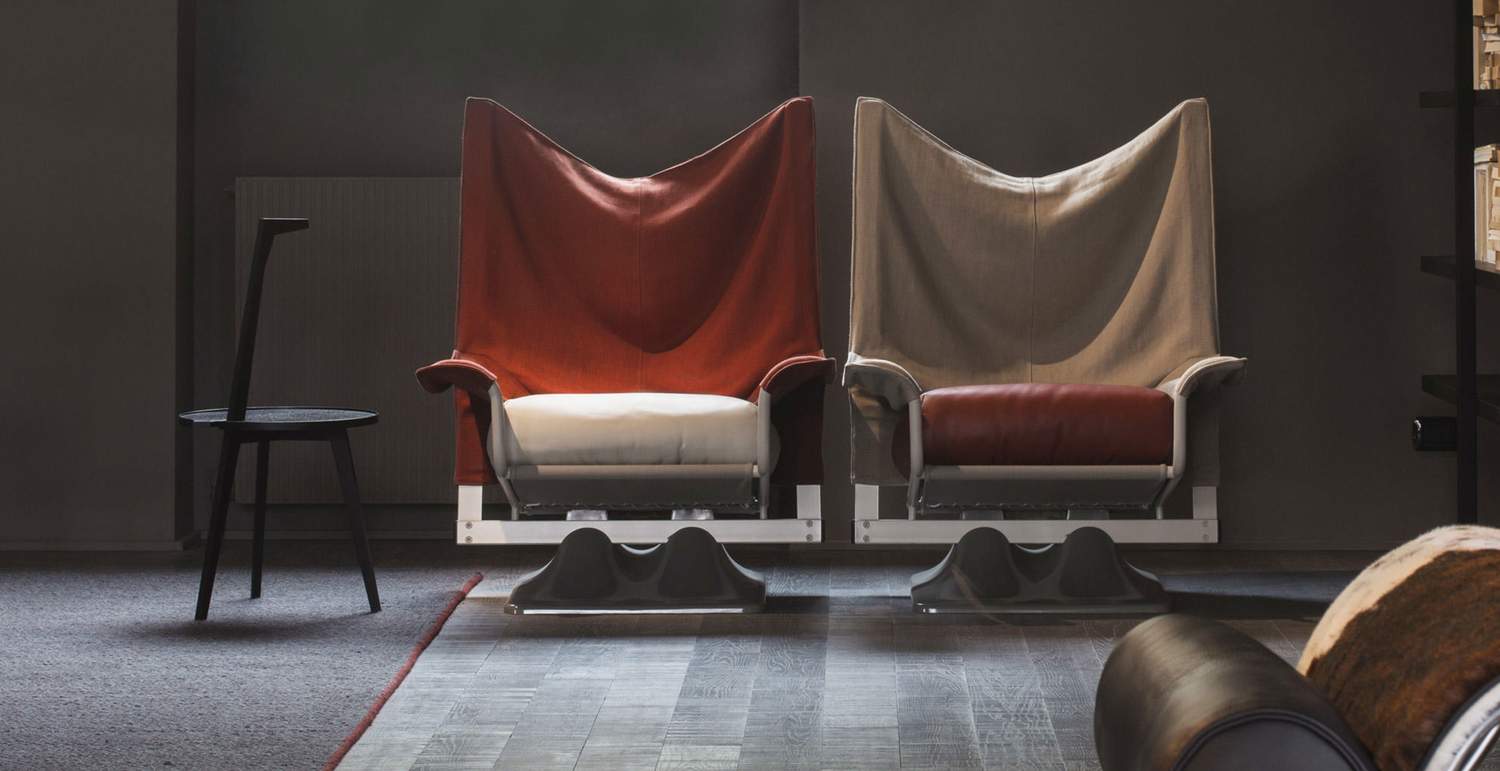
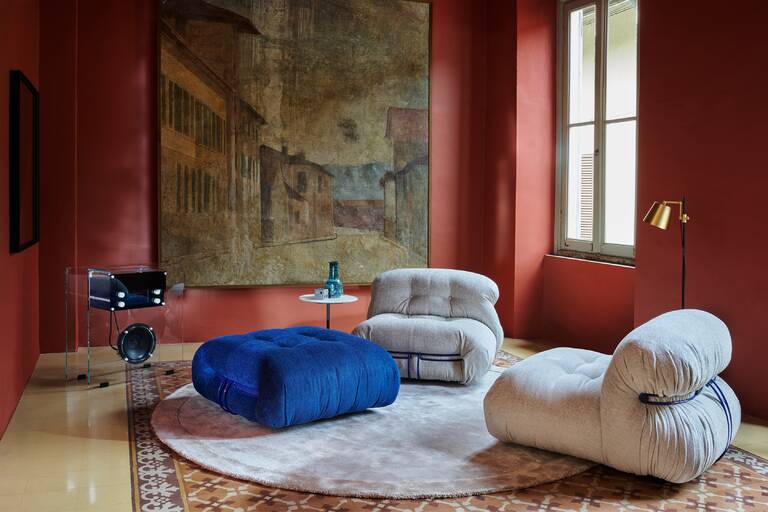
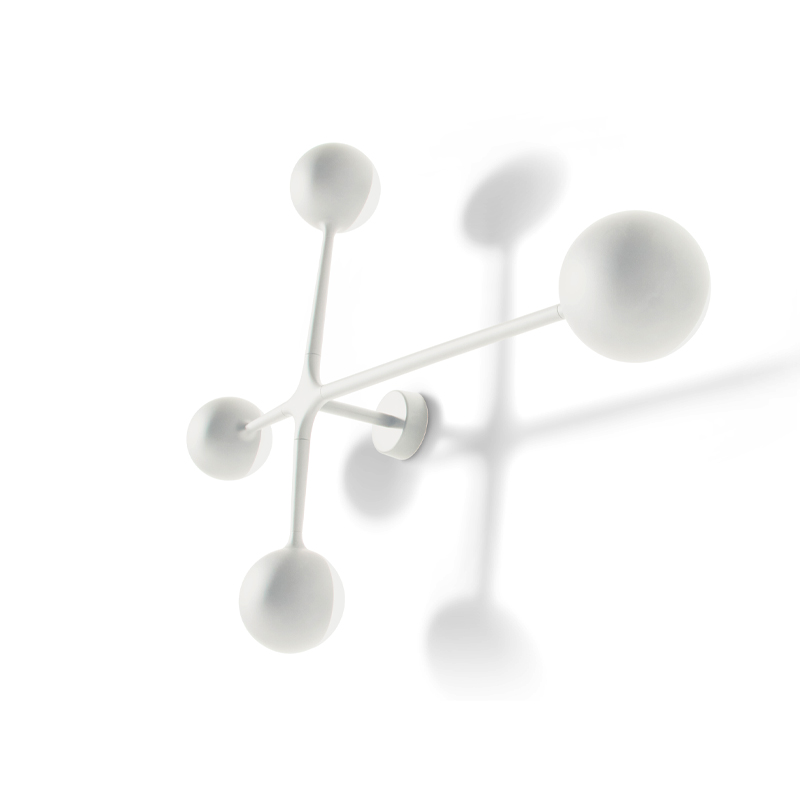
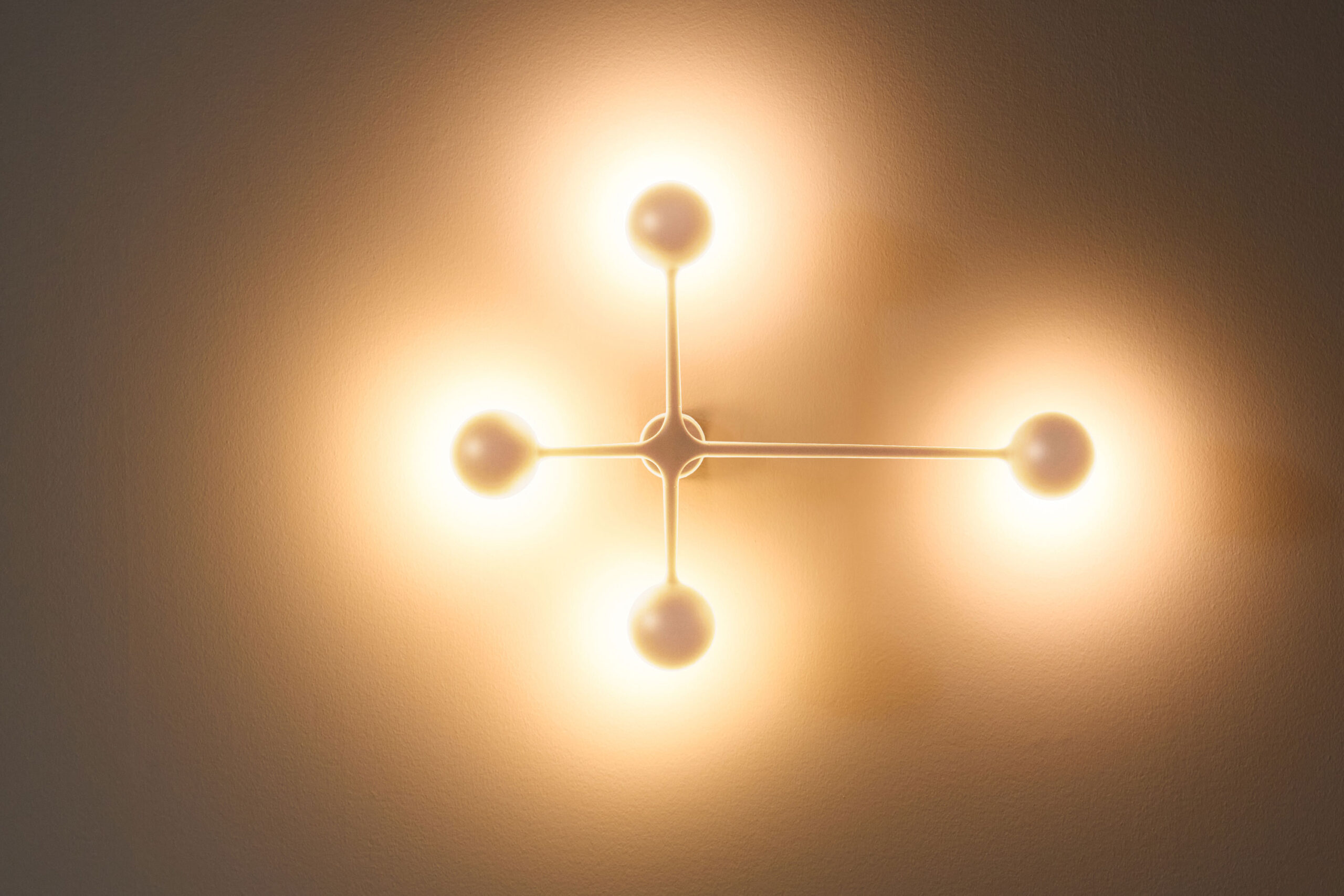
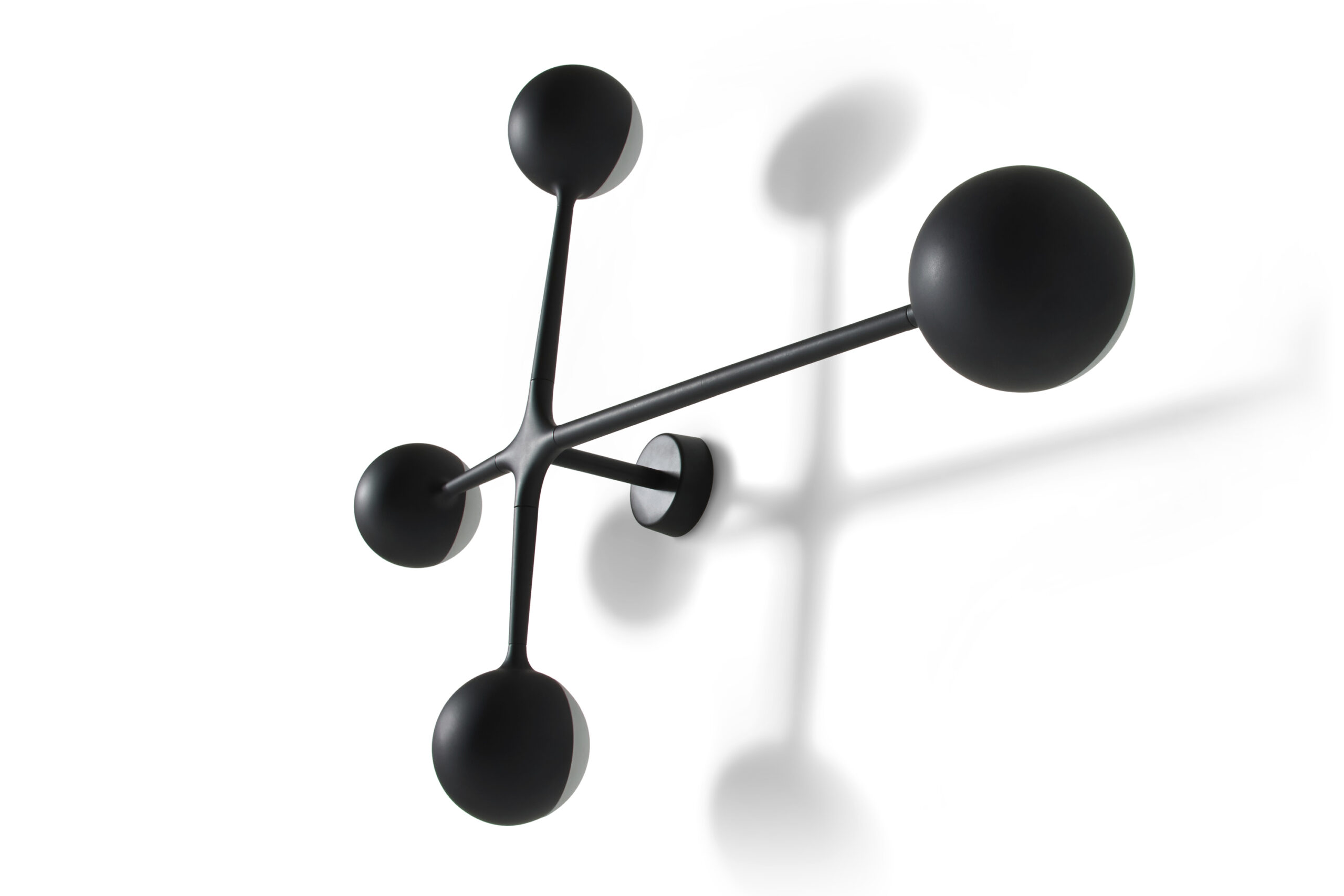
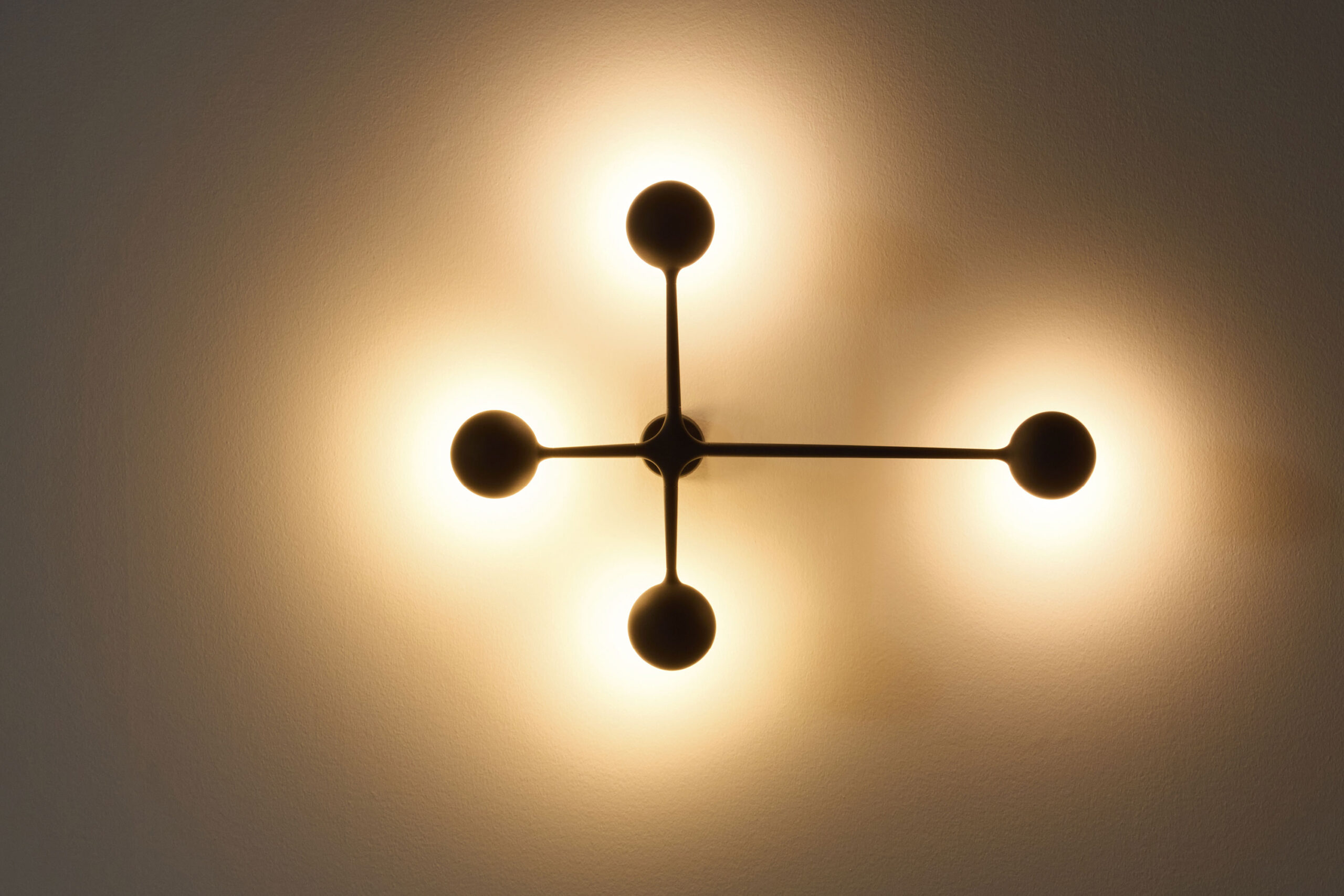
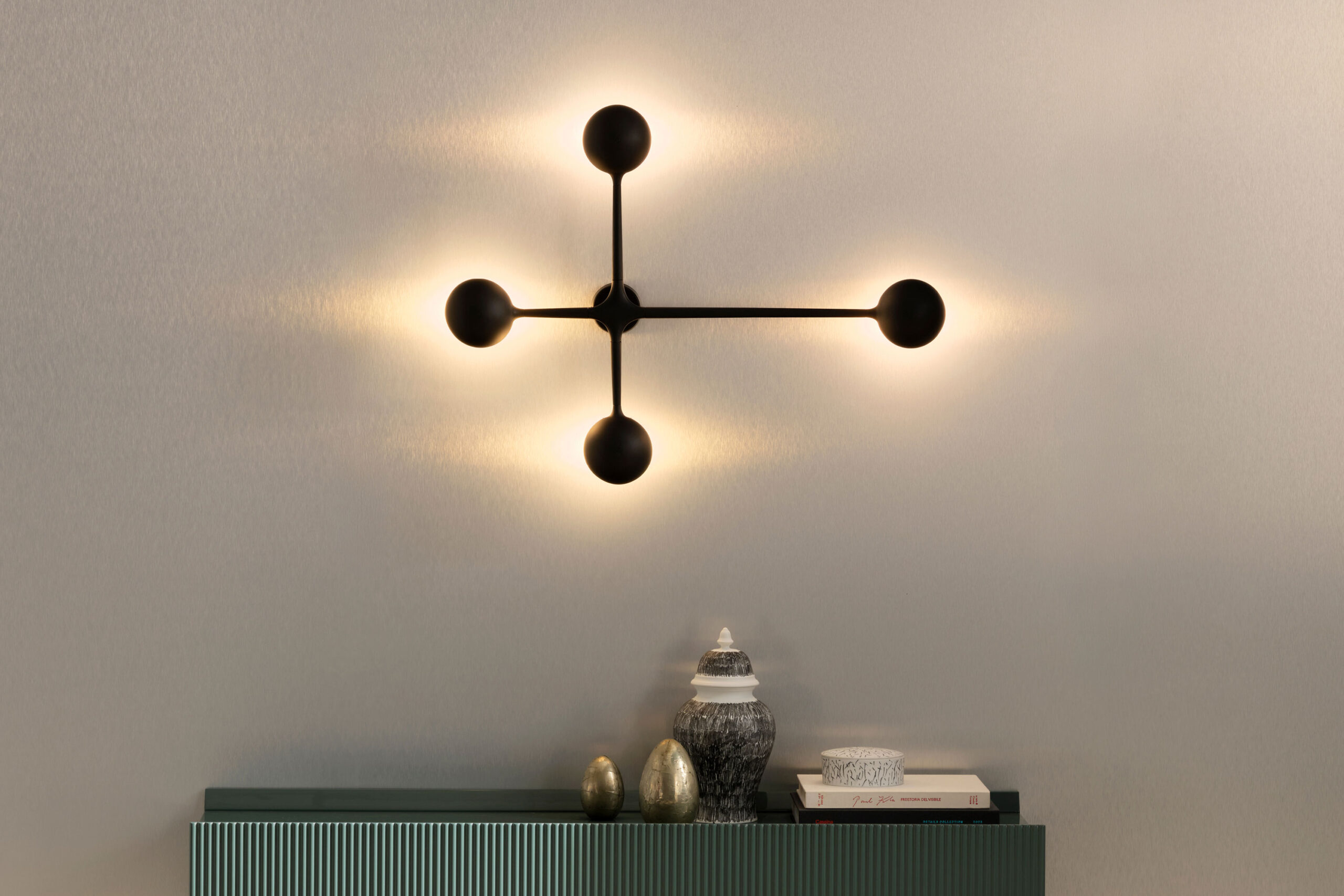
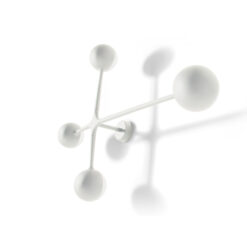
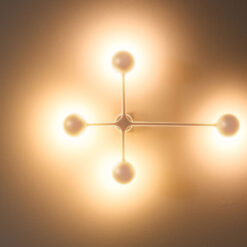
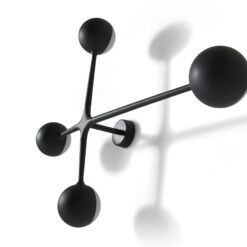
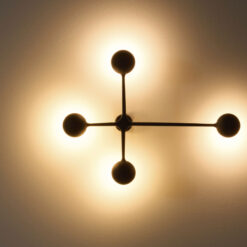
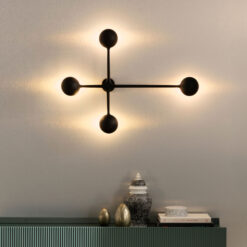
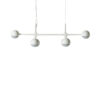
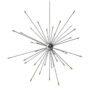
Reviews
There are no reviews yet.